Global Trends in Organic Nutrient Solutions
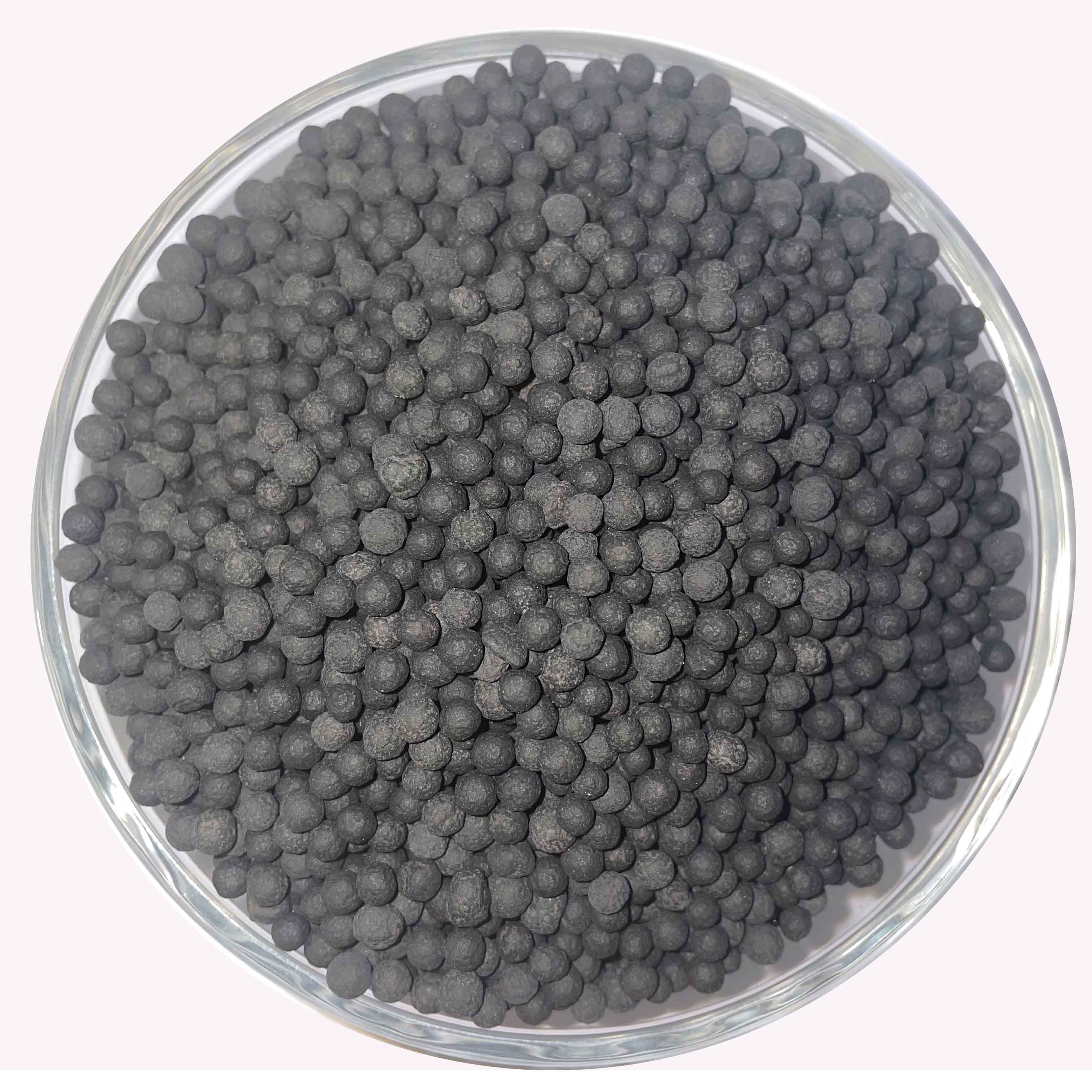
The amino acid fertilizer market is projected to grow at 8.9% CAGR through 2028 (ResearchGate, 2023). This surge is driven by demand for humic acid NPK fertilizer and organic L amino acid fertilizer for plants that enhance nutrient availability and soil water retention. Unlike traditional options, advanced customized humic acid NPK fertilizer supports precision agriculture through sustained-release mechanisms.
Potassium humate and humic acid synergism improves root absorption efficiency by 40-60% as documented in the Journal of Plant Nutrition. Similarly, humic acid potassium humate complexes increase chlorophyll synthesis, directly affecting photosynthetic rates (Source).
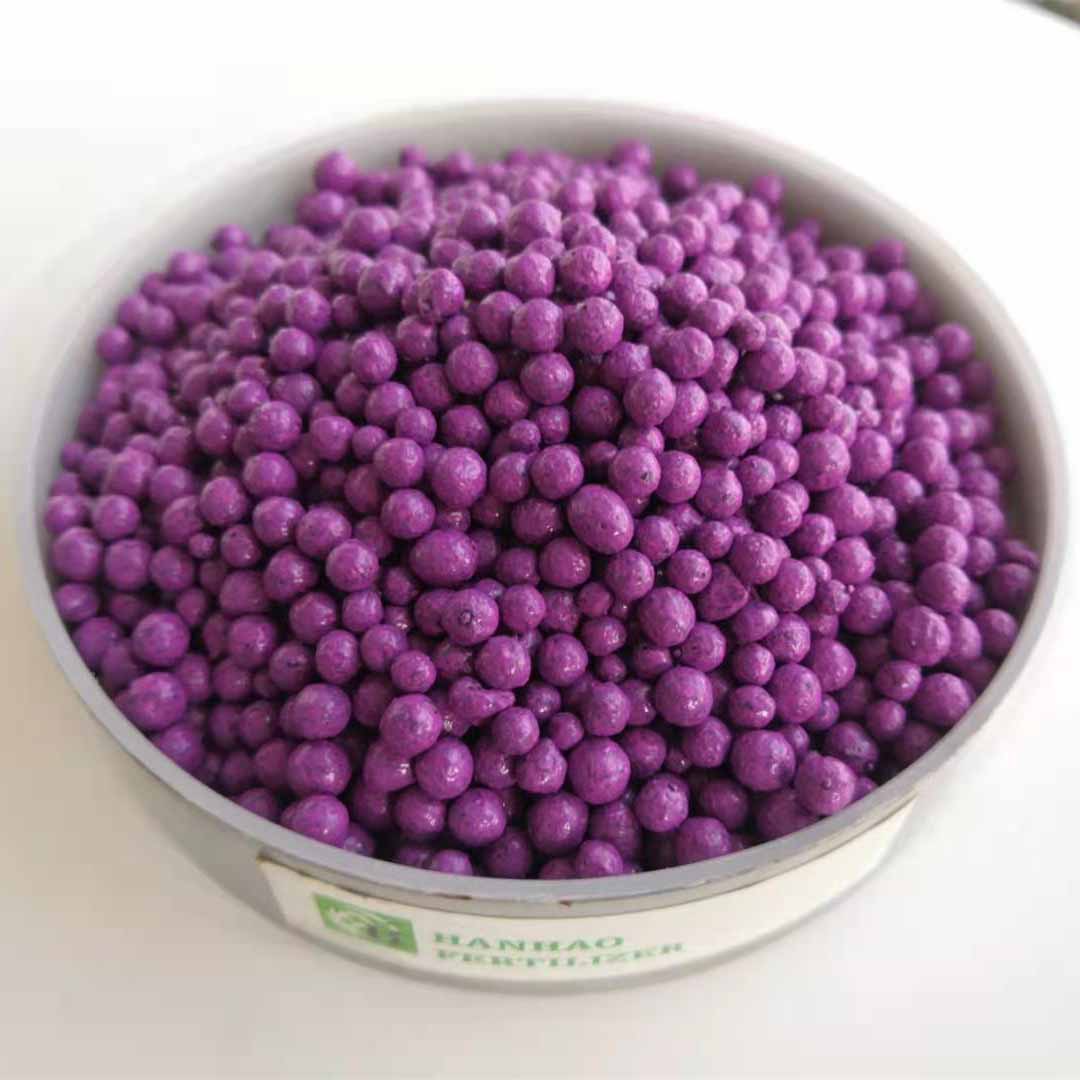
Modern organic fertilizer compound NPK and humic acid formulations mitigate heavy metal contamination risks by forming protective chelates. As noted in the International Humic Substances Society Bulletin: "Humate-polypeptide matrices in compound amino acid fertilizer and NPK formulations reduce nutrient leaching by 35-50%" (Source).
Scientific Specifications of Amino Acid Fertilizers
| Parameter | Standard Value | Impact Factor | Measurement |
|---|---|---|---|
| Amino Acid Content | ≥18.0% | Protein Synthesis | Kjeldahl Method |
| Humic Acid Content | ≥50.0% | Soil Structure | Alkaline Extraction |
| Potassium Humate Solubility | ≥95.0% | Bioavailability | UV Spectrometry |
| Organic Matter | ≥85.0% | Microbial Activity | Loss on Ignition |
| Particle Size Distribution | 2.0-4.0 mm | Release Rate | Laser Diffraction |
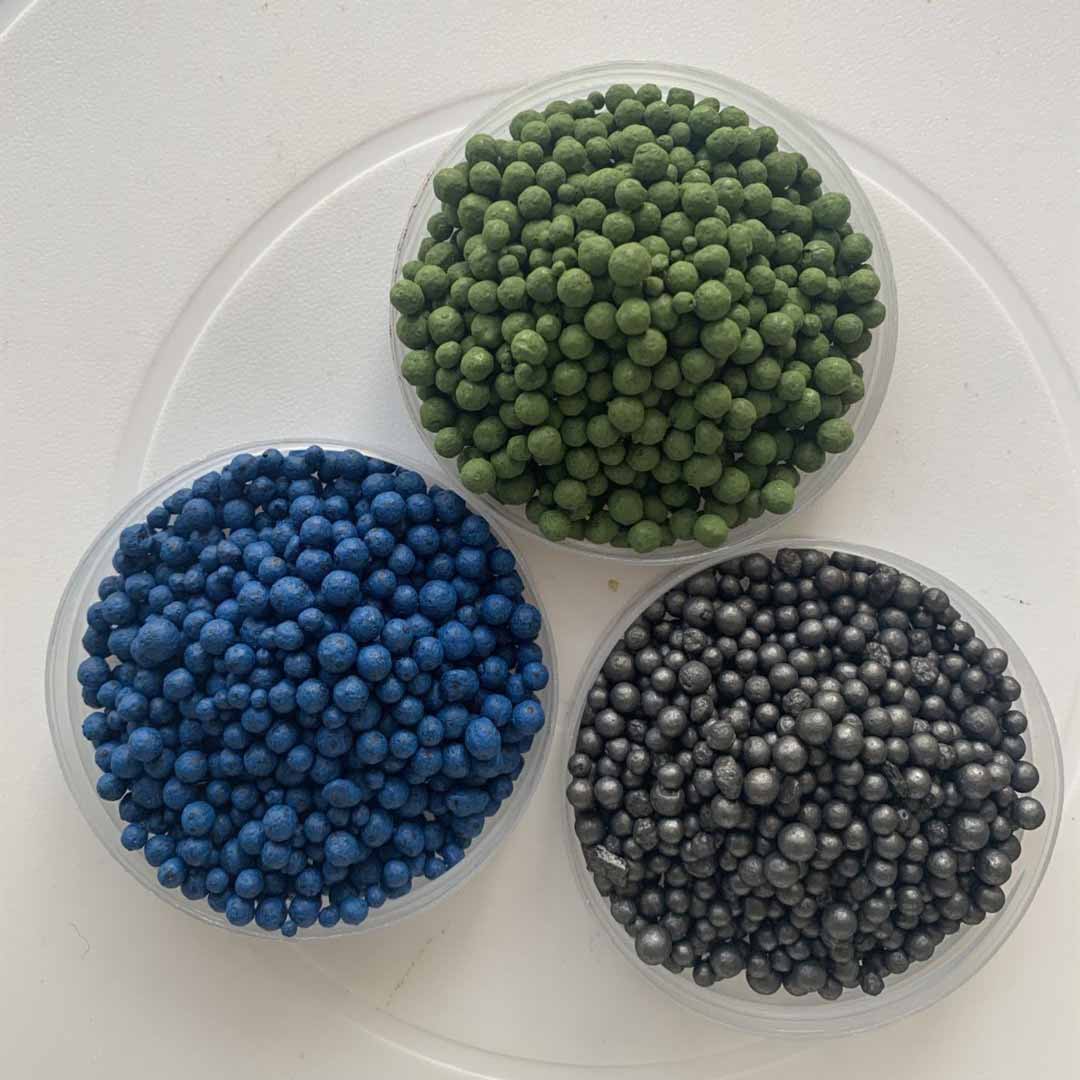
Comparative studies show fertilizer balls increase NPK retention in rhizosphere soil by 60% versus granular alternatives (Environmental Science Journal).
Amino Humic Shiny Balls: The Innovation
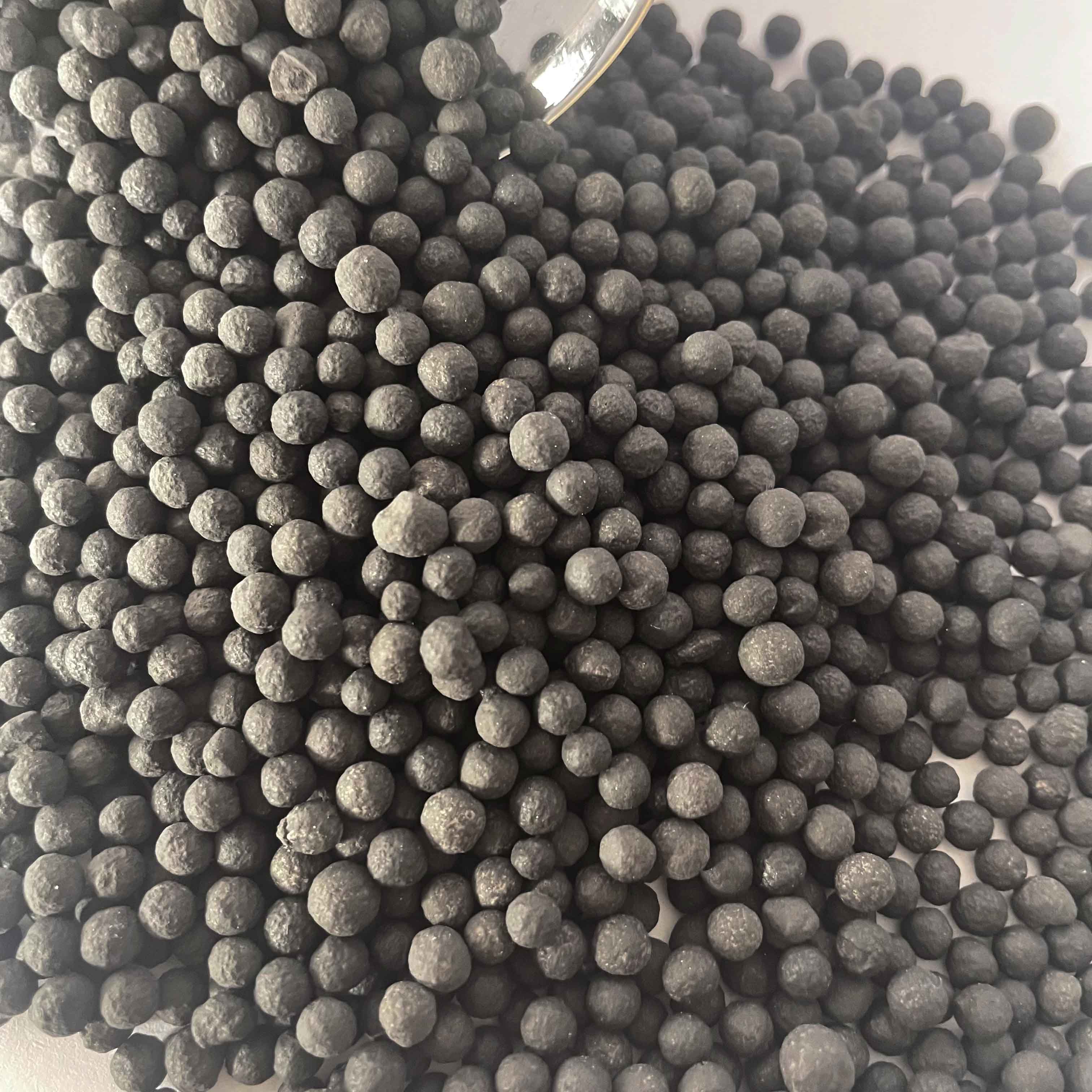
SHIJIAZHUANG HAN HAO TRADE CO.,LTD.'s flagship Amino Humic Shiny Balls represent the evolution of humic acid powder organic fertilizer technology. By combining organic L amino acid fertilizer with slow-release matrices, they deliver sustained nutrition over 60-90 days.
Technical Superiority: Our organic fertilizer compound NPK and humic acid formula contains 20.5% amino acids and 55.3% humates with K₂O content reaching 12.7%. The spherical structure demonstrates 20% less dust pollution than traditional humic acid powder organic fertilizer.
Root Development
43% increase in white root biomass vs. control groups
Stress Resistance
Improves drought tolerance index by 37%
Yield Enhancement
22.8% average improvement in fruit setting rate
Quality Parameters
Increases BRIX values by 2.3-3.5 units
Operational Efficiency Across Sectors

Humic acid NPK fertilizer applications show significant improvements in challenging environments:
- Saline-Alkali Land Rehabilitation: Humic acid potassium humate complexes reduce soil Na⁺ concentration by 45% after three applications
- Protected Horticulture: Organic L amino acid fertilizer increases tomato yields by 18.7 tons/hectare in greenhouse trials
- Arboriculture: Fertilizer balls decrease application frequency by 50% in orchards
Technical Consultation: Amino Acid Fertilizer Expert Answers
Q: What distinguishes humic acid potassium humate from standard potassium fertilizers?
A: Potassium humate (KH) contains bioactive humic fractions that enhance cation exchange capacity by 30-45% compared to KCl. This improves K⁺ retention while providing carbon substrates for microbial proliferation.
Q: How do fertilizer balls achieve controlled release?
A: Our Amino Humic Shiny Balls utilize humic-lignin matrices that dissolve at 0.12g/day/mm² surface area under standard soil conditions (pH 6.5-7.2), creating 60-90 day nutrient availability windows.
Q: Can organic L amino acid fertilizer replace traditional nitrogen sources?
A: While providing 18-20% organic nitrogen, amino acids serve primarily as metabolic precursors and chelators. They complement mineral N sources, reducing total N requirement by 25% through enhanced assimilation efficiency.
Q: What are the heavy metal thresholds in organic fertilizer compound NPK and humic acid products?
A: Our formulations meet EU 2019/1009 standards: Cd≤1.5mg/kg, Pb≤120mg/kg, Hg≤1.0mg/kg, As≤40mg/kg. Humic chelation further reduces plant uptake by 60-75%.
Q: How does potassium humate and humic acid synergy impact pesticide efficacy?
A: Humic carriers improve systemic pesticide absorption by 35-50% while reducing phytotoxicity through membrane stabilization effects.
Q: What is the recommended application rate for customized humic acid NPK fertilizer in vineyards?
A: 300-500kg/hectare depending on soil organic matter content. Split applications at bud break and veraison stages optimize phenolic compound development.
Q: Why choose humic acid powder organic fertilizer over liquid formulations?
A: Powder formulations provide superior humic acid polymerization (MW 5000-20,000 Da) critical for soil structure improvement, while liquids contain more fulvic fractions for foliar absorption.
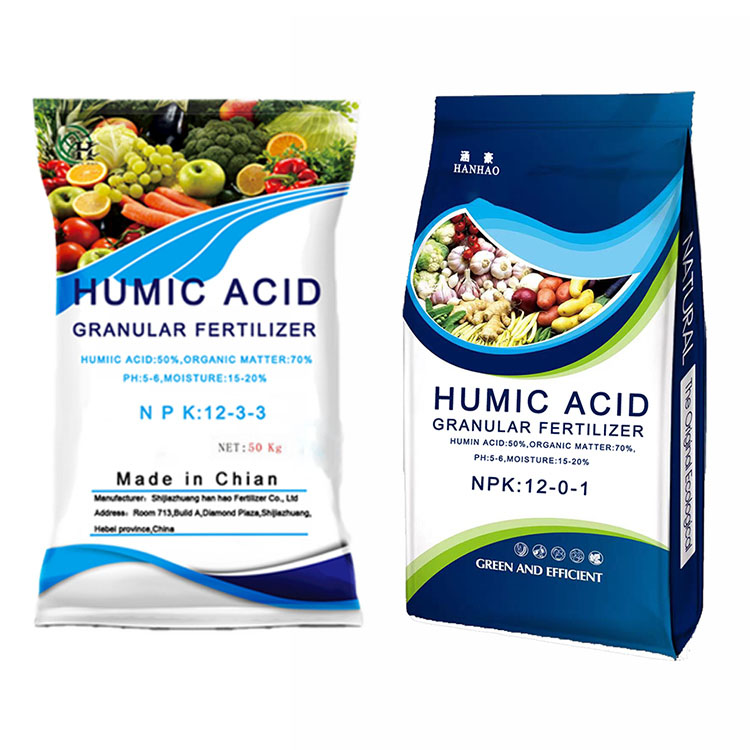
Scientific Validation & Future Outlook
Contemporary research validates the efficacy of compound amino acid fertilizer and NPK systems. Recent studies published in the Agronomy Journal demonstrate that amino acid fertilizer with humic carriers increase Rubisco activity by 20-35% compared to traditional nutrition programs (Source).
Connect with Our Agricultural Experts
SHIJIAZHUANG HAN HAO TRADE CO.,LTD.
Website: https://www.hhfertilizer.com
Product: Amino Humic Shiny Balls
Tel: 0086-311-83503878 | Mobile: +86 15060686568
Email: info@hhfertilizer.com
Address: A-713, Zhengyang city square, Chang'an district, Shijiazhuang city, Hebei province, China
"The integration of biologically active compounds like L-amino acids with humic substances represents the third wave of agricultural productivity enhancement beyond genetic modification and precision agriculture."

